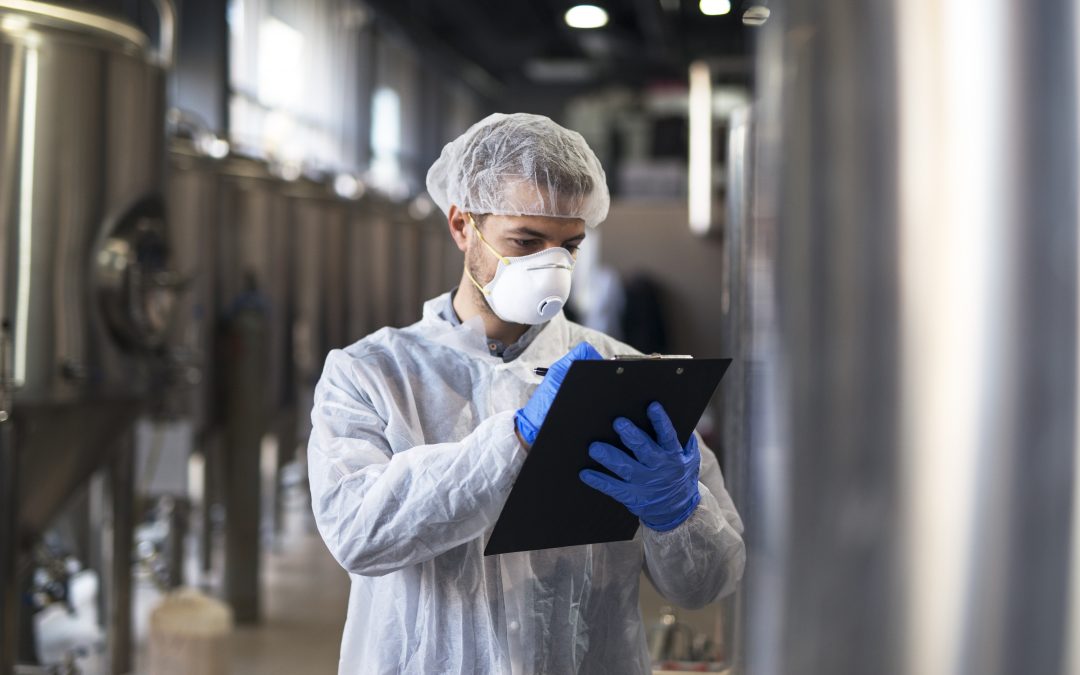Transitioning towards a more responsive and modular factory is challenging. First of all, It requires very reconfigurable machinery on the shop floor resorting to plug-and-produce technology. Secondly, plants need to implement very efficient and reactive quality control processes. Indeed, by reducing the time needed to reconfigure assembly lines, you also increase the risk of defects as production goes much faster. Production line monitoring thus becomes an essential component of the whole setup.
Thus, a successful transition lies on four pillars:
- Online process monitoring, control and non-destructive inspection systems.
- A process modelling to simulate the behaviour of the module reconfiguration and the impact on product quality.
- Intelligent digital twins of Plug-and-Produce modules based on a model-based system engineering
- Printed NFC tags compliant with injection post-processing for the production of smart packaging prototypes.
The key to efficient production line monitoring
NIT (New Infrared Technologies), a DIMOFAC partner specialised in industrial machine vision detectors for the industry, coordinated the design of the first pillar: the integration of Online Process Monitoring Systems for the future advanced production lines.
The DIMOFAC ambition is to implement and validate a portfolio of production modules that can accelerate and automate production line reconfiguration. Production modules refer to hardware elements intervening at every step of the manufacturing process. For instance, injection moulding, joining of multi-material components, sandblasting, etc. This is all the more important as the DIMOFAC solution has to adapt to any factory process. As a consequence, the online process monitoring systems are meant to be flexible and adapt to a variety of production lines.
The objective is twofold:
- Enable closed-loop control[1] based on embedded processing, allowing a reaction to unpredictable conditions.
- In line[2] quality assurance for early detection of defects.
To achieve this, online process monitoring systems integrate hardware (sensors and electronics), and software (real-time and closed-loop control algorithms).
Therefore, factory workers benefit from an immediate awareness of the production line status (temperature distribution of moulds, welding quality, etc.), allowing to adopt corrective measurements in a short period of time. This can be hugely beneficial for manufacturers as it saves materials, energy and productions costs.
[1] “Closed-loop control” refers to the capability of control systems to keep process parameters inside a predefined range.
[2] “In line” here means that the quality control of the product is made right after the production of the piece/part, in the same production line (hence, “in line”). This way, you can act on the production line in a very dynamic way.
Article from Germán Vergara, CTO at New Infrared Technologies

